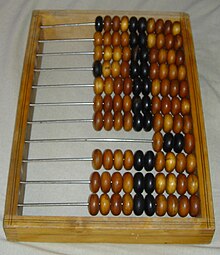Week 2 modeling:
for Probability & Statistics:
http://www.education.com/activity/article/Fermi_middle/
for calculus:
http://www.ilovemath.org/index.php?option=com_weblinks&catid=16&Itemid=23 but then it has links to activities, etc like:
http://www.math.lsa.umich.edu/~glarose/courseinfo/calc/projhtml/cal1_p1s98.html &
http://barzilai.org/z/init/first-lecture.html
for numbers, etc:
http://www.teachingideas.co.uk/maths/contents_nopatterns.htm
http://education.ti.com/calculators/timathnspired/US/Activities/Detail?sa=1008&t=9448&id=17158
http://www.bbc.co.uk/schools/teachers/ks2_activities/maths/number_system.shtml
I think kids will enjoy using websites from the UK or other countries and realizing math is very universal.
Question 1 Response:
I truly think you have to do both. The models/activities already out there are important for teaching & instilling those lessons. If it’s the first time students are learning a math concept or for review, its important to use ready made models. I think also, a combination of computer activities individually as well as group activities with & without technology.
I love when students work on teams to come up with their own activities or models/examples of any math concept. This is what really settles in the math from being numbers, equations, etc into real life. I think math really comes alive when the kids are thinking of their own scenarios (sometimes with a little nudging…but that’s ok !!)
Question 2 Response:
*So the prob & stat website link has many different math skills wrapped up in one models from rounding to probability & statistics & estimating. So , this model is using a word problem. I think any good word problem is really wonderful when you are helping students brush up on more than one skill. The model also talks about something everyone can relate to…pets… & how some people have cats and some don’t. I get so frustrated reading some of these test questions that an urban 7th grader is suppose to relate to (who’s writing those doarn benchmark tests anyway?) .. Any good lesson has to aim to have relatable models to the audience.
*The calculus model I’m not in love with, because its not very jazzy looking…but it does start small & build & gets to the eventual real life scenarios models of how some things are functions (or rely on) other things…like weather, to temperature & time of day, etc
*In the bbc. Link for number lines, etc, this shows the places tens, hundreds, thousands places of larger numbers which I think is a tough concept for kids that I’ve seen. I guess I’d call this a picturesque moving number line model. Seeing it as sort of moving & breathing in this way truly models WHAT those numbers are & WHY they are written the way they are written…which I LOVE!
Question 3:
I’d say that the probability example is definitely a life phenomenon with math model mixed in. The whole scenario is about the reality of how many people have cats & with the conversation comes math on many levels.
The calculus model begins as a math model, but the lesson quickly takes shape as a life phenomenon as the author speaks of functions in things we know to be true like weather.
The number line activity is a math model for the most part. I really hate to pigeon whole any math lessons/equations/activities, etc as “just math” though because on every level math is a life phenomenon as long as you take it there. (Feeling very philosophical tonight : )
ok-- & I have to ask. ..when doing a link...how do you get it to say " here's one" (in blue for someone to click on) instead of having the full website link there? Thanks much! - Lisa








